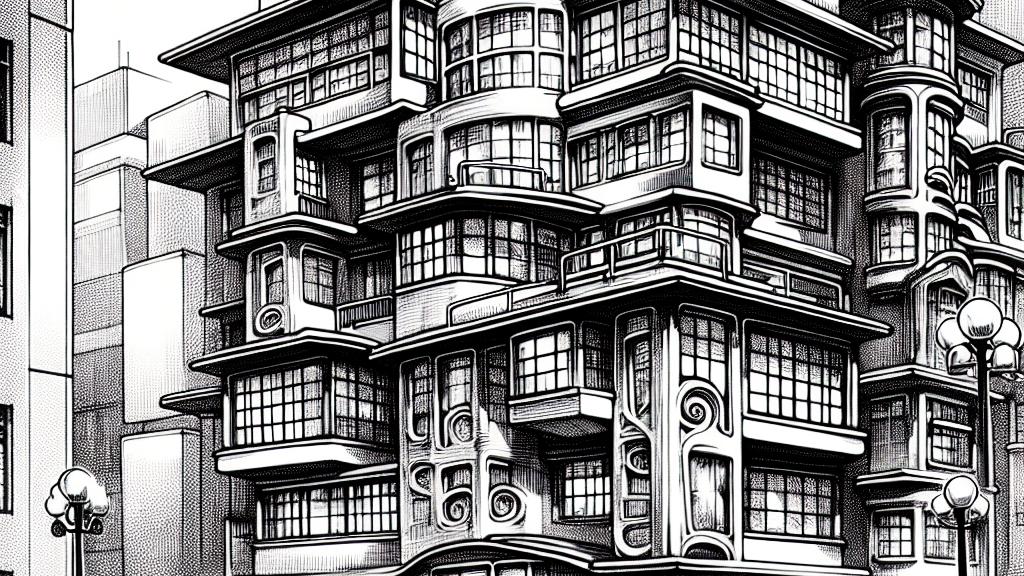Discovering the Fascinating Story Behind Face-Remembering Buildings
Overview
- Unravel the charm of 'face-remembering buildings' and their distinct designs in Tokyo.
- Explore the historical depth that enriches their architectural significance.
- Delve into similar structures that spark nostalgia and inspire wonder.

The Intriguing Mystery of Face-Remembering Buildings
As you stroll through the vibrant streets of Tokyo, your eyes might be drawn to a building that feels intriguingly out of place. Enter the realm of 'face-remembering buildings,' an architectural phenomenon that beautifully ties together past and present. One standout example is the Omokage Building in Nishiwaseda, whose design sings in harmony with its historic roots from 1921. Picture this: like an old friend reappearing in your life, this structure rekindles memories of an era gone by, captivating your imagination with its blend of nostalgia and contemporary flair.
The Rich Tapestry of Architectural Legacy
What lies beneath the surface of these charming buildings? Their allure stems from a profound architectural legacy, one that speaks to the heart of a community. The Omokage Building is not just a nod to its predecessors; it is a lively storyteller that echoes generations of craftsmanship and tales of the past. Consider how a favorite family recipe can evoke warm memories at a gathering. Similarly, these buildings serve as culinary delights for the eye, allowing onlookers to savor history in their stunning facades and intricate designs. They invite you to pause, reflect, and appreciate the stories that shape our urban landscape.
A Journey Through Architectural Wonders: Japan and Beyond
Tokyo is a treasure trove of architectural gems, yet it is part of a broader narrative found across Japan and beyond. For instance, the Hankyu Umeda Main Store in Osaka, with its elegant balance of modern design and historical homage, showcases how cities evolve while cherishing their past. In Kyoto, the juxtaposition of traditional machiya houses, with their wooden beams and modern elements, illustrates a seamless blend of time periods. And let’s not forget the stunning buildings of Europe, like the Tate Modern in London, a former power station transformed into a contemporary art haven. Each of these structures forms a rich mosaic of our architectural history, inviting us to explore and acknowledge not just the buildings but the cultures they represent.
Preserving Our Stories: The Importance of Architectural Understanding
Why should we care about face-remembering buildings? The answer is profound. They are more than mere architectural constructs; they serve as tangible reminders of our identity and cultural history. These buildings invite conversations about who we are and where we come from, sparking curiosity among young minds. Imagine children visiting these structures, eyes wide with wonder; for them, history comes alive, offering lessons that go beyond textbooks. In today's world, where rapid urbanization can overshadow heritage, it is paramount that we strive to maintain this delicate balance between preserving our architectural legacies and embracing modern development. After all, every brick and beam is a part of our shared story, a narrative worth telling for generations to come.

Loading...